Can Olive Trees Be Transplanted? (How and When)
Transplanting an olive tree during the optimal seasons significantly increases its chances of successful establishment and growth. In this article, we will delve into the intricacies of transplanting olive trees, providing readers with comprehensive insights on the when and how aspects of the process.
Olive trees are best transplanted during their dormant season in late winter or early spring. It involves carefully digging around the root ball, maintaining a substantial amount of soil around the roots, and ensuring immediate and thorough watering after transplantation to facilitate acclimation in their new location.
While you might think it's all about digging and moving, the secret to success actually lies in the preparation — ensuring the tree has enough water beforehand and trimming it properly to reduce stress. Now, if you're intrigued by the process of transplanting olive trees, there's a whole world of gardening techniques and secrets waiting for you to explore. Let's get to them one by one.
Summary
- Olive trees can be transplanted successfully during late winter or early spring to allow them to establish before experiencing extreme weather conditions.
- Transplanting provides benefits such as enhanced development, stress reduction, improved health and growth, and enhanced fruit production due to better environmental conditions and space for root expansion.
- Key steps in the transplanting process include proper soil and location preparation, careful removal and placement of the tree, and immediate aftercare such as deep watering and mulching.
- Common challenges during transplantation include water stress, root damage, transplant shock, and soil compatibility, with solutions involving careful watering, handling, using root stimulants, and soil testing and amendment.
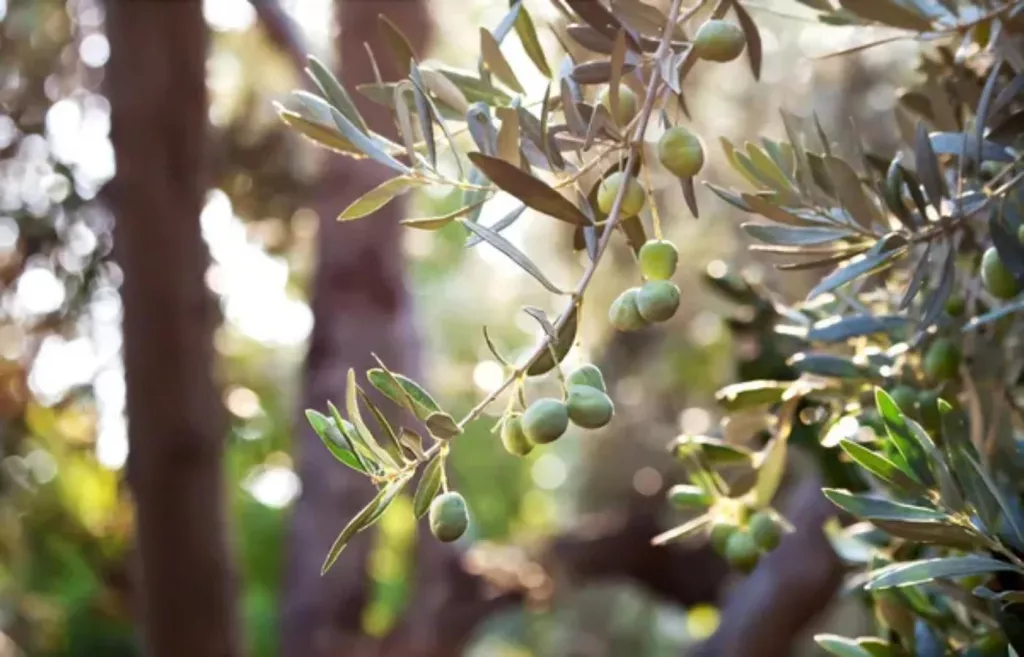
On this page:
Olive Trees Can Be Transplanted
Olive trees are resilient and can be successfully transplanted under the right conditions. You must choose the appropriate time for the move, either late winter or early spring.
This will give your tree a chance to establish in its new location before the stress of summer heat or winter cold. By moving your olive tree during one of these optimal transplanting seasons, you're giving it the best start in its new home.
Benefits of transplanting
Enhanced development in suitable environments
- Allows the olive tree to thrive in a location better suited to its growing needs.
- A new, more spacious location provides the necessary room for the expansion of the root system, which is crucial for the tree's health and growth.
Reduction of stress
- Strategic transplanting during the dormant season minimizes impact and stress on the tree.
- A less stressed tree is more resilient and capable of resisting pests and diseases effectively.
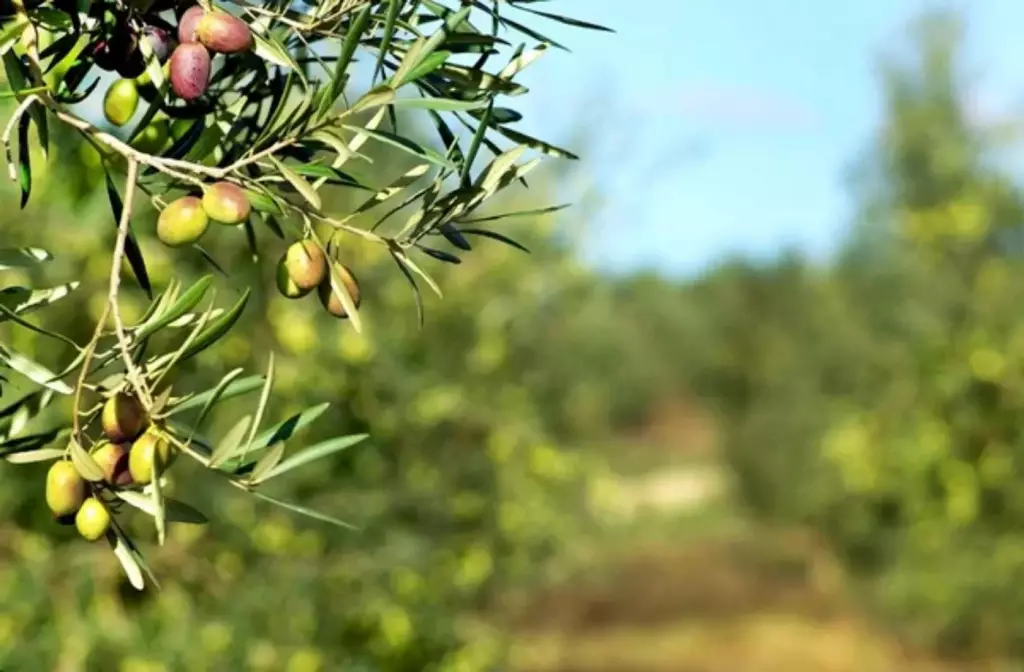
Improved health and growth
- A robust root structure, supported by ample space, enhances the tree's overall health and promotes vigorous growth.
Enhanced fruit production
- Relocation can alleviate overcrowded conditions, essential for better fruit production.
- Ensures optimal air circulation and sunlight exposure, key factors for a healthy flowering and fruitful harvest.
- Healthier trees result in a more abundant and higher-quality fruit yield.
How to Transplant an Olive Tree?
Pre-transplant considerations
Before you begin transplanting your olive tree, perhaps consider the soil type and location where it will be placed.
Olive trees thrive in well-draining soil, as standing water can lead to root rot and other issues. Conducting a soil test can be immensely beneficial to determine the pH level and soil composition, ensuring the location is suitable for your tree.
- Soil: Aim for soil that is rich yet provides excellent drainage.
- Climate: Olive trees require a climate similar to their native Mediterranean region.
- Location: Choose a sunny spot that receives at least 6 hours of direct sunlight daily.
To promote healthy root development, prepare the new location ahead of time:
- Dig a wide hole. Ensure it's spacious enough to accommodate the root ball.
- Check the depth. It should be equal to the root ball's height but twice as wide.
- Amend the soil. If the soil test indicates deficiencies, incorporate the necessary amendments.
The transplanting process
Transplanting an olive tree can revitalize your garden and help the tree flourish. Proper preparation of the new location, careful removal of the tree, and correct placement in the new location are crucial steps.
Removing the tree
Begin the removal process by watering the olive tree's root ball thoroughly to minimize shock. Carefully dig a trench around the tree, roughly following the drip line to protect the roots.
Gently lift the tree, preserving as much of the root system as possible, and prepare it for transport to the new location.
Placing the tree in the new location
Place the olive tree in a hole that is twice as wide and just as deep as the root ball. If transplanting into a larger pot, ensure the pot has sufficient drainage holes.
Position the tree so it's sitting at the same depth it was previously and backfill it with soil, pressing down firmly to remove air pockets. Water the tree generously to settle the soil around the roots.
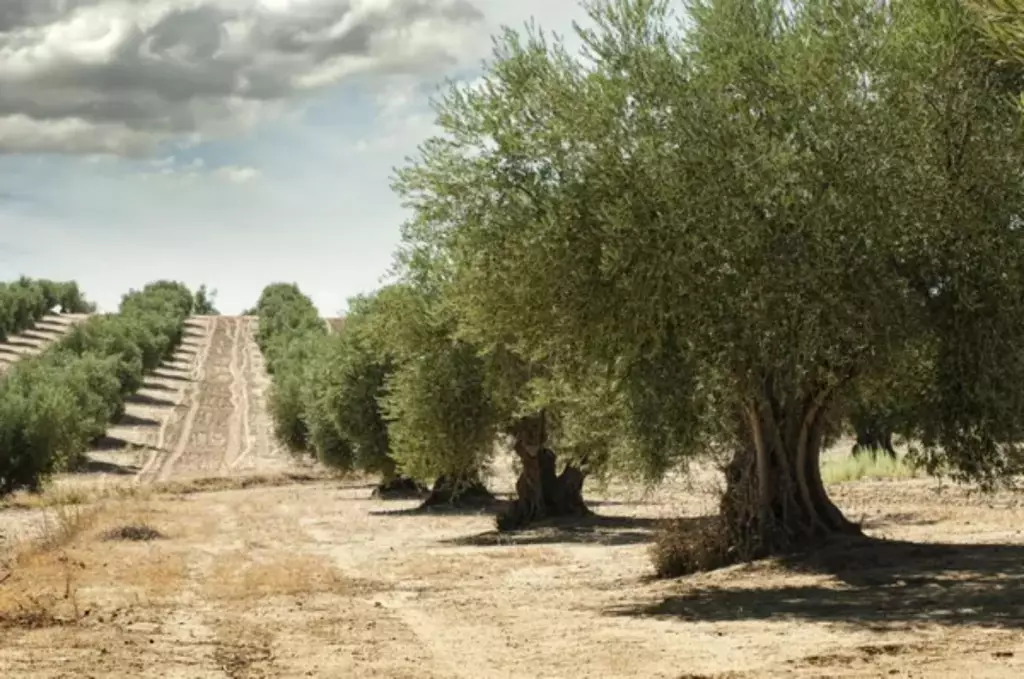
Post-transplant care and monitoring
After successfully transplanting your olive tree, it's crucial to provide proper care to ensure its recovery and growth. Let's focus on what you need to do right after the transplant and how to maintain the tree over the long term.
Immediate aftercare
Directly following the transplant, your olive tree requires careful attention. Initially, water the tree deeply to settle the soil around the roots and eliminate any air pockets.
You need to maintain consistent watering sessions, especially during the first season, to support the establishment of the new root system.
Apply a layer of mulch around the base to retain moisture and regulate soil temperature, but keep it away from the trunk to prevent rot.
Long-term maintenance
As your olive tree takes root and shows signs of new growth, shift your focus to long-term care practices.
Establish regular fertilization schedules, typically starting a year after transplanting, to encourage healthy development.
Pruning isn't immediately necessary but becomes important as the tree matures to shape the canopy and remove dead or diseased branches.
Regularly inspect for diseases and pests, and apply treatments as needed to keep your tree in top condition.
Consistent maintenance not only promotes growth but also ensures the longevity of your olive tree.
When Should I Transplant an Olive Tree?
Transplanting your olive tree at the right time helps in its survival and growth. Two main periods are generally the best:
Transplanting during late winter/early spring
Before new growth begins, typically late winter or early spring is a favored time. This allows your tree to establish roots in its new location without the stress of supporting full foliage.
If you live in a Mediterranean climate, late February or early March is ideal, right after the harvest season and before the spring growth cycle.
Early autumn transplanting
The alternative transplanting window is the early part of autumn. During this time, the temperature is cooler, reducing stress on the tree.
Transplanting in early autumn gives the olive tree ample time to establish new roots before the winter dormancy period.
When you're getting ready to transplant, make sure to:
- Monitor the weather: Avoid extreme conditions like frost, heat waves, or heavy rain.
- Check the soil: Ensure it's well-draining and amend it if necessary since olive trees don't thrive in overly wet soil.
Transplanting Large Olive Trees
Transplanting large olive trees requires careful planning. It's best to do this when the tree is dormant, typically in late winter or early spring. During this time, the olive tree is less prone to transplant shock.
Before you start, water the tree thoroughly a couple of days in advance to ensure the soil holds together around the roots.
-
Carefully dig a trench around the drip line of the tree to minimize damage to the root system. The drip line is where the tree's branches end.
-
When removing your olive tree, be careful to maintain as much of the root ball as possible. You'll also want to prepare the new hole before you lift the tree.
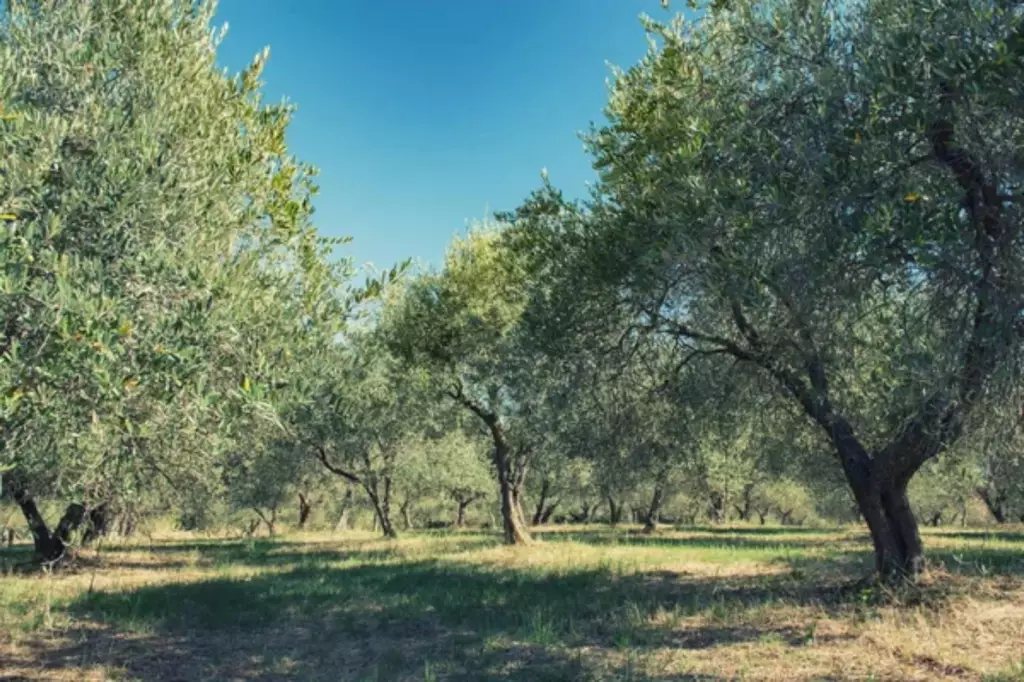
-
The new site should have well-draining soil and be as deep as the original root ball but twice as wide.
-
Once you've transplanted the olive tree, ensure it's at the same soil level it was previously. Avoid piling soil against the trunk, as this can cause rot.
-
Post-transplant care includes regular watering to help your olive tree establish itself in its new location.
Common Challenges and Solutions
When transplanting your olive tree, you might face a few hurdles. Here's how to tackle them:
| Challenge | Solution |
|---|---|
| Water stress | Water adequately but avoid overwatering. |
| Root damage | Handle roots carefully and prune properly. |
| Transplant shock | Use root stimulants and plant at the correct depth. |
| Soil compatibility | Test and amend the soil as needed. |
| Temperature stress | Transplant in late fall to early spring. |
| Pest and disease | Inspect and treat before transplanting. |
| Planting depth | Plant at the same depth it was grown before. |
| Lack of establishment | Support with stakes, mulch, and avoid fertilizing immediately. |
-
Water stress: One of the most common issues with transplanting olive trees is ensuring they receive enough water without over-watering. Olive trees require well-drained soil and can suffer from root rot if watered too much. Read this article to know the ideal amount of water olive trees need per day.
-
Root damage: The root system of an olive tree is vital for its recovery and growth post-transplantation. Damage to the roots can significantly impair the tree's ability to absorb water and nutrients. Carefully handling the tree during the move and preparing the roots beforehand can mitigate this risk. Check out this article to learn the proper root spacing for olive trees.
-
Transplant shock: This is a common response to the stress of moving, characterized by wilting, leaf drop, or stunted growth. Using root stimulants and ensuring good care in the weeks following the transplant can help the tree overcome this shock.
-
Soil compatibility: Olive trees are adaptable to a variety of soil types, but they do best in well-draining soils with a neutral to slightly alkaline pH. Testing and amending the soil in the new location can help avoid issues with nutrient uptake and waterlogging.
-
Temperature stress: Extreme temperatures, either hot or cold, can stress a newly transplanted tree. Choosing the right time of year for transplanting is essential for minimizing this stress.
-
Pest and disease pressure: Being proactive about pest and disease management is important for the health of the tree. Any issues should be addressed before the transplant to avoid spreading problems to the new location.
-
Improper planting depth: Planting an olive tree too deep or too shallow can lead to root problems and affect the tree's overall health. Ensuring the tree is planted at the correct depth is a simple yet critical step in the transplantation process.
-
Lack of establishment: It can take time for a transplanted tree to become fully established in its new location. During this period, providing support, maintaining proper soil conditions, and monitoring the tree's health can encourage successful establishment.
Olive Tree Transplant Shock
When you move an olive tree to a new location, it may experience transplant shock. This occurs because the tree's root system has been disturbed, and it struggles to adapt to its new environment.
Symptoms of this condition include wilting leaves, yellowing or browning foliage, and an overall decline in the tree's health.
- Signs of shock: Watch for leaves dropping, stunted growth, or reduced fruit production. These are indicators that your olive tree is stressed.
- Time to recovery: The recovery time can vary. With proper care, olive trees can often overcome transplant shock.
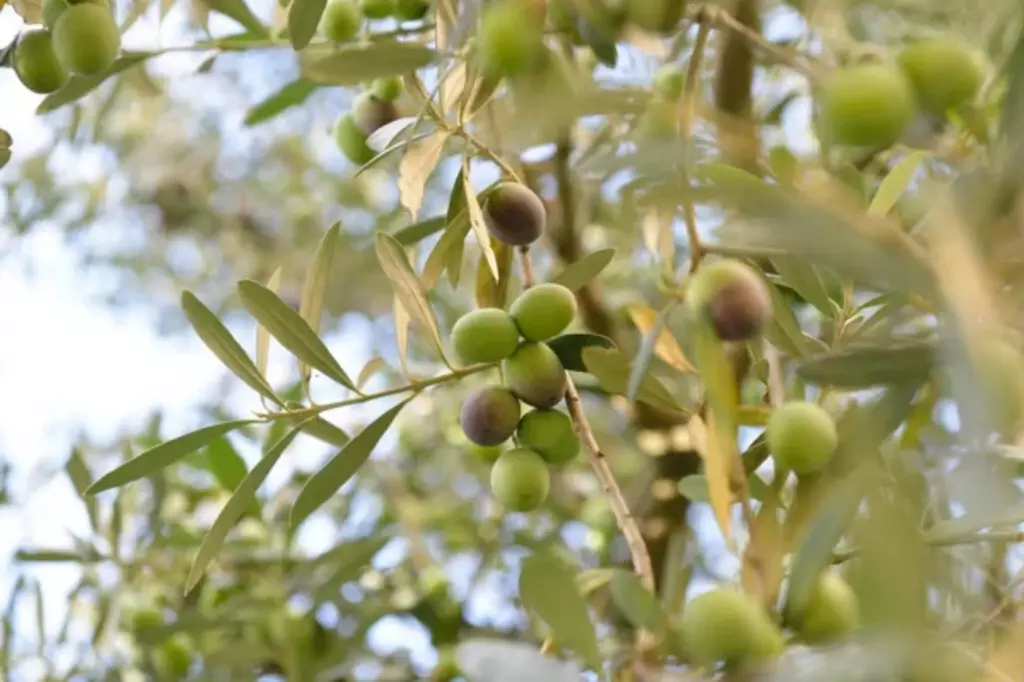
To navigate this period successfully, ensure your tree receives adequate water to prevent dehydration.
Mulching helps retain soil moisture and protects the roots. Pruning can also improve your tree's recovery by removing any parts that may compete for precious resources.
Importantly, if you transplant during the tree's dormancy period, typically in late winter or early spring, you can reduce the risk of shock.
Transplanting in early autumn is also beneficial, as it gives the tree time to establish before the cold season.



